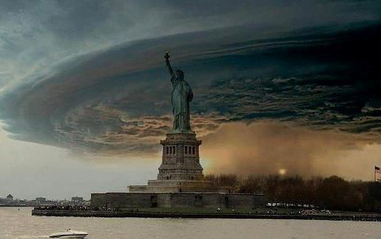Top stories from DAWNS Digest.
UN Launches First Ever “Atlas of Climate and Health”
Two disparate UN agencies have banded together in a groundbreaking new report to chart the various ways in which climate change is negatively impacting global health. “Since 2005, for example, the atlas shows that the weekly number of cases of meningitis, which is spread by bacteria and germs, has risen when the dry season hits sub-Saharan Africa, where it has killed an estimated 25,000 people over the past 10 years. And since at least 1998, there has been a strong seasonal pattern of dengue fever, transmitted by mosquitoes, during periods of heavy rainfall in tropical and subtropical areas, killing about 15,000 people a year. The joint project of the World Health Organization and World Meteorological Organization, both based in Geneva, says the likelihood of increasingly frequent heat waves hitting the planet is four to 10 times as often by 2050 — and they will probably most affect the fast-growing vulnerable populations of aging and urban people particularly in Africa, the Middle East and Asia.” (NBC http://nbcnews.to/SacsIg)
As Sandy Makes Landfall, Damages Expected in the Tens of Billion
The deadly storm is expected to have a profound economic impact in the financial heart of the wealthiest country on the planet. The NY Stock Exchange Floor is reportedly under 3 feet of water. “Over all, economic losses from the storm could range from $10 billion to $20 billion, according to an analysis by Eqecat, a firm that performs catastrophe risk modeling for the insurance industry and government. On that scale, big insurers might account for $5 billion to $10 billion in losses. ‘We think it’s going to be big,’ said Tom Larsen, senior vice president and product architect at Eqecat, suggesting the toll could fall somewhere between that of Hurricane Ike in 2008 and Hurricane Irene last year. ‘Broad areas are going to be subject to high winds for a longer period of time than in a normal Category 1 storm.’” (NYT http://nyti.ms/SafVXg)
